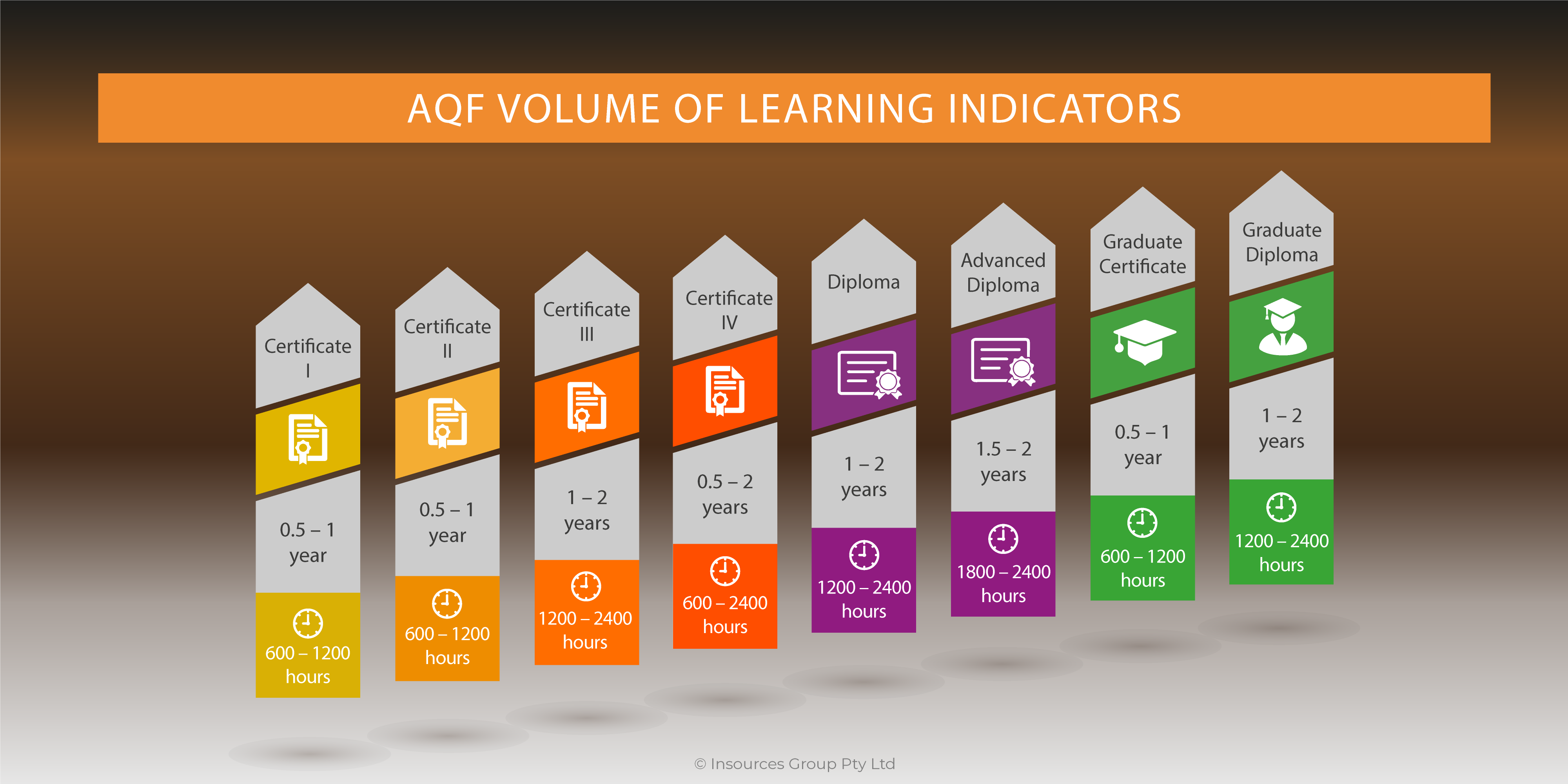For routine tasks, your examples should mirror the work environment as closely as possible. This means incorporating the equipment, application screens, forms that would be used on the job into your example. Describe graphics with audio (narration or instructor) and use dynamic visuals (video or animation) with controls to demonstrate steps.
When teaching strategic skills such as making a sale, diagnosing a problem, or writing a report, each job situation will be a bit different. Unlike routine tasks where the work setting will remain fairly consistent, the context will vary in strategic tasks. For the salesperson, the customer, the product mix, the setting will vary a bit with each encounter. How can we best ensure that workers will have sufficient flexibility to tackle these ever-changing situations?
The secret is to provide several examples that illustrate the underlying principles but at the same time vary their cover stories.
This technique is called “varied context” examples. As the brain processes several examples and is required to articulate the commonalities, long-term memory abstracts a sufficiently flexible understanding of the principles to apply to other relevant situations.
For strategic tasks provide several examples that illustrate the guidelines of the task but vary the storyline. Assign an activity to encourage abstraction of the common underlying principles.
When examples can harm learning
Some instructional techniques such as graphics are powerful aids for novices but aren’t much help for learners with more background knowledge.
Recent studies revealed that during the beginning stages of a training program, learners benefited greatly from studying examples. However, as learners become more experienced in the topic, not only the examples do not help, but they actually depress learning. Instructional psychologists call this an expertise reversal effect. Expertise reversal means that some methods useful for novices not only don’t help those with more experience, but they actually hurt their learning.
Use worked examples for novice learners. For learners with experience in the content, emphasise practice assignments more than examples.
More about examples and the brain
Compared to working lots of problems, examples benefit learners because working memory is free to study the example and learn from it. The example serves as a learning catalyst by providing a substitute for the missing knowledge of the novice learner. But a more experienced learner already has some relevant understanding. They are better off applying their own process to a practice assignment than reviewing a demonstration that at best just duplicate and at worst might actually interfere with their own unique approach to the task.
Use faded worked examples to accommodate growing expertise
A useful technique you can use to accommodate learners who are building expertise is called “fading”. Here’s how it works. Imagine an example with four steps. You begin by providing a completely worked out example for the learner to study. You follow with a second example in which the first steps have been worked out and the learner needs to finish it. With each new example the learner completes more of it until they are doing a full problem assignment.
How to make examples engaging
Examples are one of your most powerful instructional allies. But there is one problem. Many learners either skip examples completely or don’t process them very deeply. Chi (2000) showed that higher scoring physics students studied examples carefully, investing the effort to explain the examples to themselves. In contrast, poorer students tended to ignore examples or just restate what the example said. You can boost the instructional potential of your examples by encouraging you learners to study them carefully. How? By inserting or asking questions next to the worked out steps, you motivate learners to review the steps in order to answer the question.
Some recent studies have found that including the questions with the worked examples improve learning.
See the following example:
Adding a question encourages meaningful processing of an example. |
EXAMPLE: Find the area of a circle when the diameter is 8 Step 1. Formula: A = πR2 Step 2. Radius = 8/2 = 4 Step 3. A= 3.12 times 16 Step 4. A = 49.92 |
QUESTION: In Step 2, why was 8 divided by 2? A. Because the radius must be squared B. Because the radius is half the diameter C. Because π equals 4 D. Because 4 is the square root of 16 |
Reference: Evidence-Based Training methods by Ruth Colvin Clark




